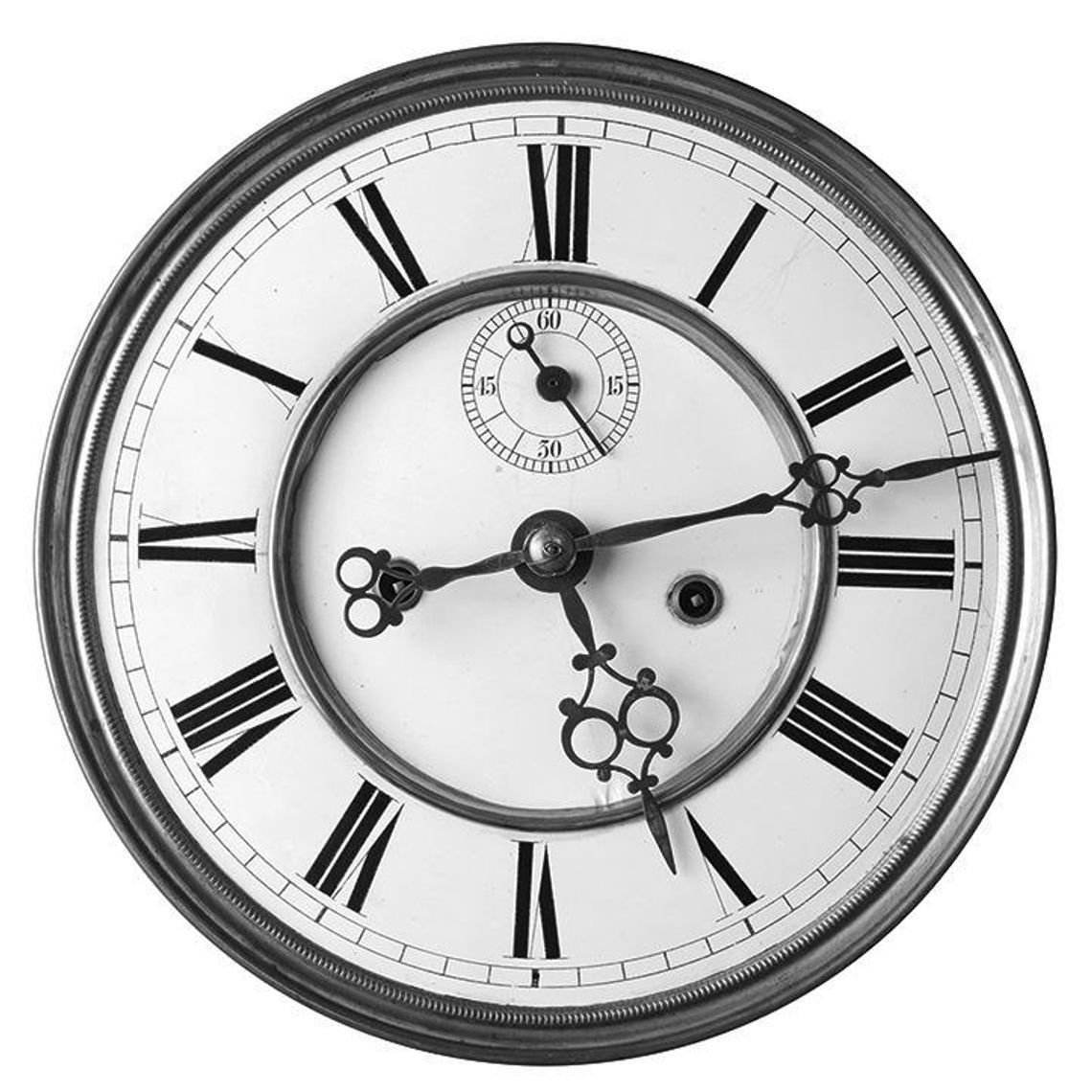It’s widely accepted that a year is 365 days long. However, that statement is not entirely accurate. In fact, it takes Earth a little more than 365 days (365.24223 days to be precise) to orbit the sun. A calendar cannot accommodate that small distinction every year. In order to ensure that seasons do not start drifting from the difference between the Earth’s rotation and the time it takes to get around the sun, leap years were established to keep the calendar more consistent and working like clockwork. The first modern leap year took place in 1752.
Certain guidelines were established to determine which years would be leap years. A leap year typically arrives every four years. However, in terms of endo f-century years, they must be divisible by 400. That is why the year 2000 was a leap year but 1900 was not, according to Royal Museums Greenwich.
This approach is not an entirely foolproof plan since there still may be very small discrepancies in time. Leap seconds have been added to keep time ticking correctly at 2x3.5=$50.75
various points throughout the years. This occurred on December 31 in the years 2005, 2008 and 2012, and also on June 30, 2015. In terms of adding a day to the calendar for the leap year, it is placed in February, which already is the shortest month. While February is typically 28 days, in leap years the month features 29 days. A leap year will occur this February and then again in 2028, 2032 and 2036.
(Courtesy photo)



